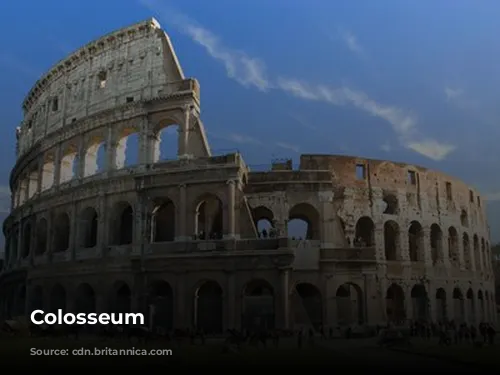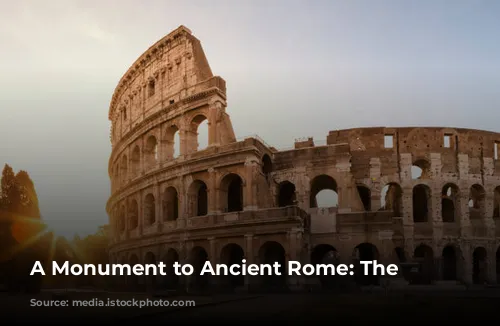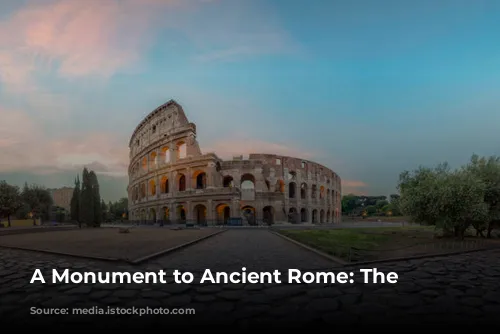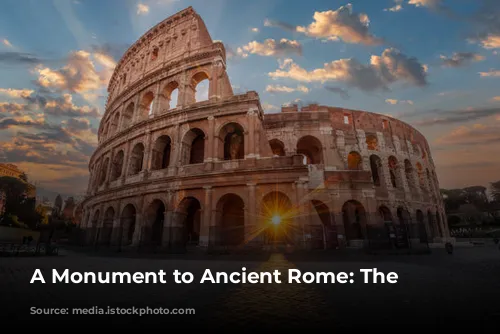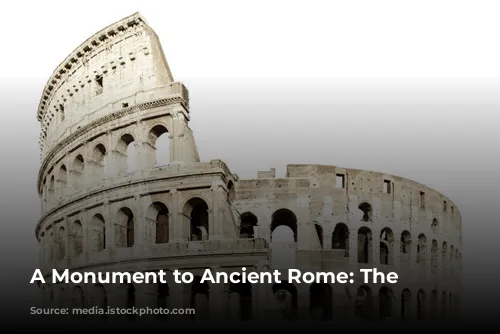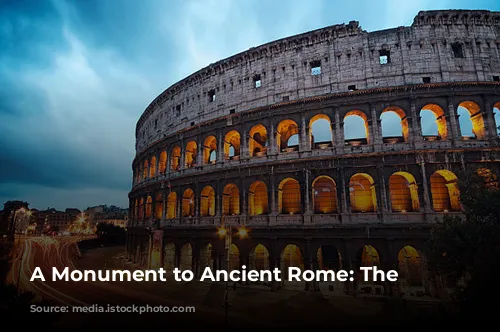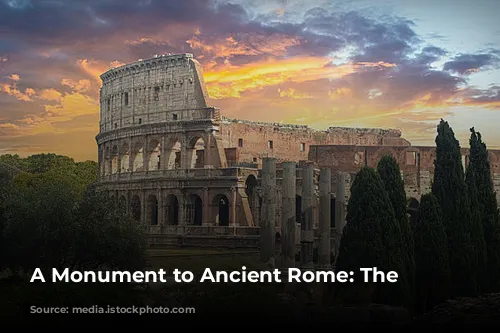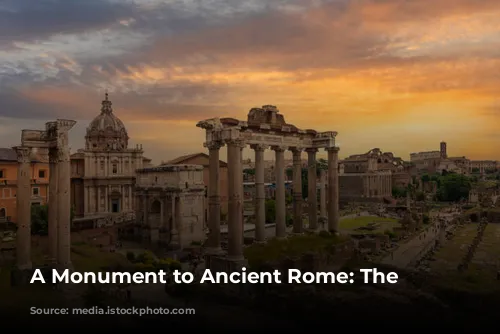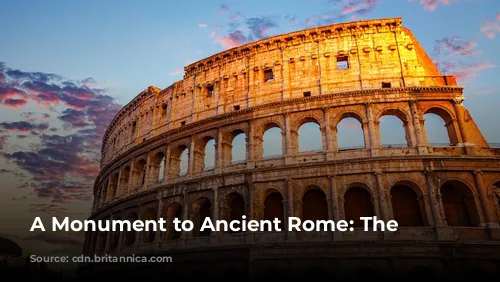The Colosseum, a marvel of ancient Roman architecture and engineering, stands as a testament to the grandeur of the Roman Empire. Today, it’s a prominent tourist attraction, drawing millions of visitors each year and generating significant revenue for the Italian government. In 2018 alone, the Colosseum, Roman Forum, and Palatine Hill collectively attracted over €53.8 million in revenue, making it the most lucrative tourist destination in all of Italy.
The Colosseum is more than just a beautiful structure; it’s a window into the past. It tells the story of ancient Rome’s power, its fascination with entertainment, and its use of resources.
A Century of Neglect and Renewal
The fall of the Western Roman Empire marked the beginning of the Colosseum’s decline. The once-glorious arena fell into disrepair, left to the ravages of time and neglect. During the 12th century, the Frangipane and Annibaldi families, powerful families of the time, repurposed the Colosseum as their fortress, a stark contrast to its former glory. In the late 15th century, Pope Alexander VI, in a move that would shock modern sensibilities, allowed the Colosseum to be used as a quarry, effectively stripping it of its valuable materials.
For over a thousand years, this remarkable structure was treated as a mere source of building supplies. The Colosseum, once a symbol of Rome’s might, lay forgotten and stripped bare. But fate, it seems, had other plans.
A Symbol of Imperial Power and Entertainment
The Colosseum’s construction, begun under the reign of Emperor Vespasian between 70 and 72 CE, was a statement of imperial power and a calculated attempt to revitalize Rome after a tumultuous period. As with other amphitheaters of the time, Vespasian envisioned the Colosseum as a venue for entertainment, a place to awe and captivate the masses.
The gladiator fights, animal hunts, and even mock naval battles that filled the arena were more than mere entertainment; they were a display of Rome’s power and a way to appease the populace. It is important to note that the Colosseum was funded with the spoils of war from Titus’s conquest of Jerusalem, and that it was built by enslaved Jewish people from Judaea.
A Masterpiece of Engineering and Architecture
The Colosseum, also known as the Flavian Amphitheatre, is a marvel of engineering and design. An elliptical structure crafted from stone, concrete, and tuff, it stands four stories tall, measuring 620 by 513 feet (189 by 156 meters). Its sheer scale is breathtaking, capable of seating up to 50,000 spectators.
The Colosseum’s construction involved innovative techniques that pushed the boundaries of Roman engineering. The amphitheater’s unique design, featuring a complex system of barrel vaults and groin vaults, allowed for the creation of a freestanding structure without relying on the support of hillsides. The Colosseum’s three stories are encircled by arcades framed by engaged columns in the Doric, Ionic, and Corinthian orders, a design that inspired later architectural trends.
A Glimpse into Roman Life and Entertainment
The Colosseum, a testament to Roman ingenuity, was not only a venue for gladiatorial combat. It was also equipped with a retractable awning, known as the velarium, to shield spectators from the sun. This ingenious system, operated by hundreds of Roman sailors, demonstrated the Romans’ attention to detail and their desire to ensure the comfort of the masses. The Colosseum was the stage for thousands of gladiatorial contests, animal hunts, and even mock naval battles, providing glimpses into the entertainment and brutality that defined Roman life.
While the Colosseum’s role in the martyrdom of early Christians remains uncertain, it’s clear that the arena was a vital part of Roman life, both for its entertainment value and its symbolic representation of Rome’s power.
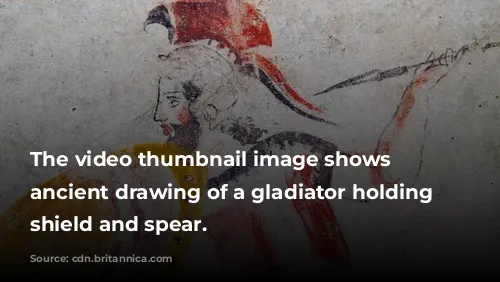
A Legacy of Time and Change
The Colosseum’s history is one of both decline and rebirth. From its days as a fortress and a quarry to its rediscovery as a treasure of the past, the Colosseum has witnessed centuries of change. The Colosseum was damaged by lightning, earthquakes, vandalism, and pollution, stripped of its marble seats and decorative materials, its once-glorious interior left bare.
The Colosseum’s preservation began in the 19th century, with notable efforts led by Pope Pius VIII, and a full-scale restoration project was launched in the 1990s. The Colosseum, once abandoned and forgotten, was brought back to life, restored to its former grandeur.

An Unforgettable Symbol of Ancient Rome
Today, the Colosseum stands as a testament to the enduring legacy of the Roman Empire. It continues to be a major tourist attraction, attracting millions of visitors each year who come to marvel at its scale, beauty, and historical significance.
The Colosseum, more than just a monument, is a bridge to the past. It allows us to connect with the spirit of ancient Rome, to imagine the gladiatorial contests and the crowds that once filled its arena. As we walk through its arches and stand beneath its massive structure, we are reminded of the power, the ingenuity, and the complexity of the Roman world. The Colosseum is a symbol of Rome’s past, a reminder of its enduring presence in the world, and a testament to the enduring power of human creativity.
